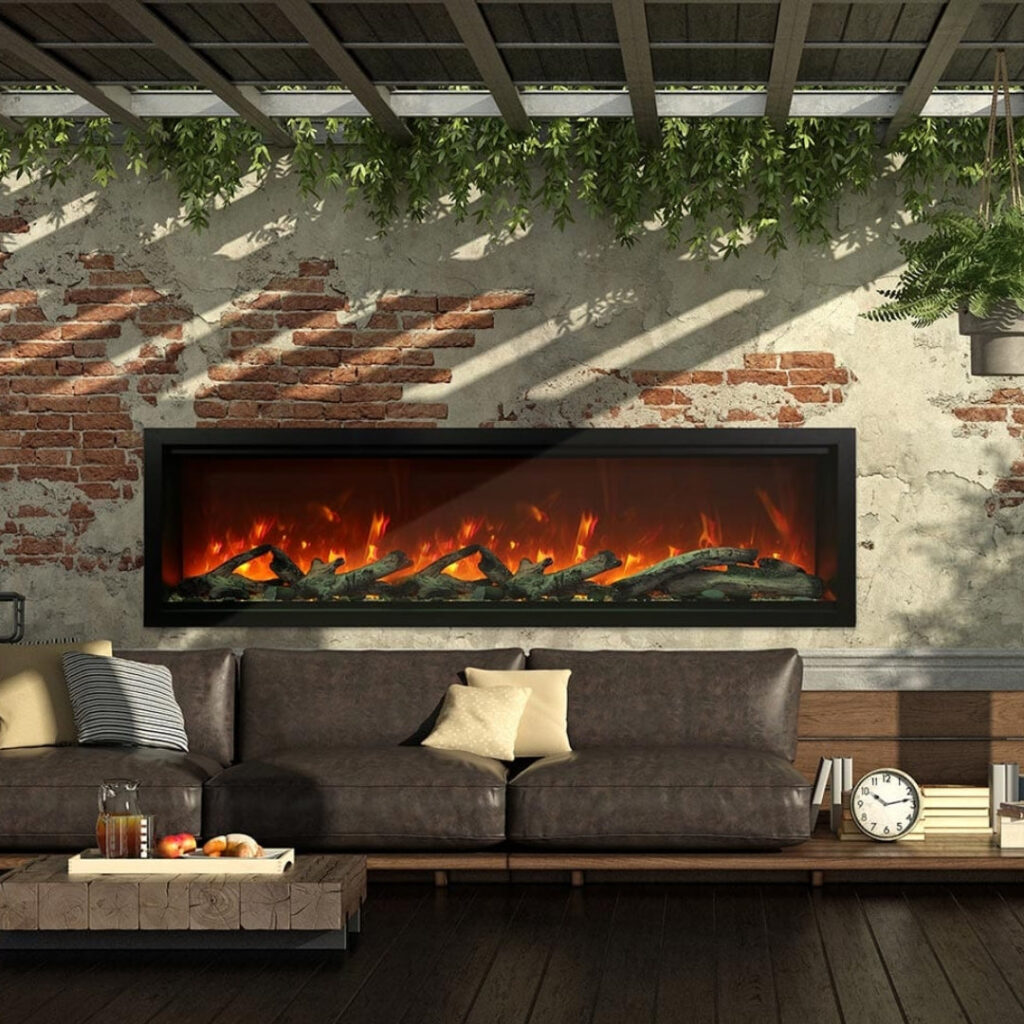When considering outdoor heating options, the battle often comes down to electric, gas, and wood-burning fireplaces. Each type has its distinct benefits and drawbacks that can affect your outdoor experience. In this article, we will explore the pros and cons of electric outdoor fireplaces compared to their gas and wood counterparts, helping you make a well-informed decision for your outdoor space.
Understanding Electric Outdoor Fireplaces
Electric outdoor fireplaces are becoming increasingly popular due to their ease of use and low maintenance requirements. They operate using electricity to generate heat and often mimic the look of real flames without the need for fuel. One significant advantage of an electric fireplace is the lack of emissions; they produce clean, green energy, making them an eco-friendly option.
Moreover, electric fireplaces can be used in various environments without the need for a gas line or wood storage. Installation is usually straightforward, requiring only access to an electrical outlet. Additionally, electric models often come with built-in safety features, such as automatic shut-off timers, making them a safer choice for families.
However, there are some cons to consider. Electric models typically have limited heating capabilities, suitable for small to medium spaces but may struggle with larger outdoor areas. They also rely on electricity, meaning their functioning can be interrupted during power outages, and they may not deliver the same ambiance and warmth that wood or gas options provide.
Comparing with Gas and Wood Fireplaces
Gas fireplaces are renowned for their efficiency and ease of use. They can produce a significant amount of heat quickly, making them ideal for colder evenings. They also provide a more realistic flame effect compared to electric models. However, they do require a natural gas line or propane cylinders and can incur higher installation costs. Additionally, gas fireplaces emit gases that require proper ventilation.
On the other hand, wood-burning fireplaces have the charm and nostalgia that many people cherish. The crackling sound of burning wood and the aroma of a real fire are undeniable. They can generate immense heat and create a cozy atmosphere. However, they demand more maintenance, including regular wood storage, chimney cleaning, and ash disposal. Furthermore, they can produce air pollutants, making them less environmentally friendly than electric options.
In summary, the choice between electric, gas, and wood fireplaces will depend on your specific needs—be it convenience, ambiance, or environmental impact. Each option has its unique set of advantages and disadvantages, influencing how you envision enjoying your outdoor space.
In conclusion, selecting the right outdoor fireplace involves weighing the pros and cons of electric, gas, and wood options. Electric fireplaces offer low maintenance and eco-friendliness but may lack heating power. Gas fireplaces provide efficiency and realism but require specific installations. Wood fireplaces deliver incomparable ambiance but demand more upkeep. Consider your priorities to find the best choice that enhances your outdoor living experience.

